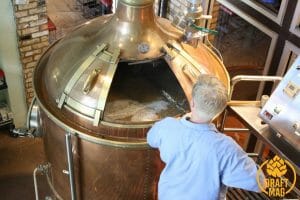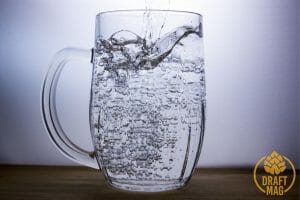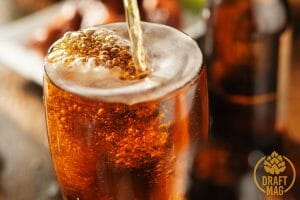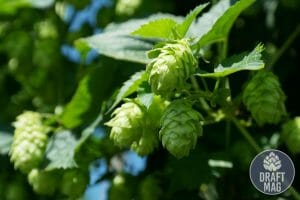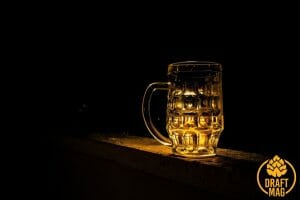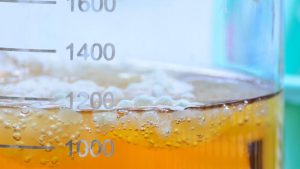How Much Water Is in Beer?
If the question “How much water is in beer?” has crossed your mind, then you would know that this is perhaps the most essential yet overlooked question about beers. You’ll be surprised that a standard beer contains upwards of 90 percent water, depending on the beer style.
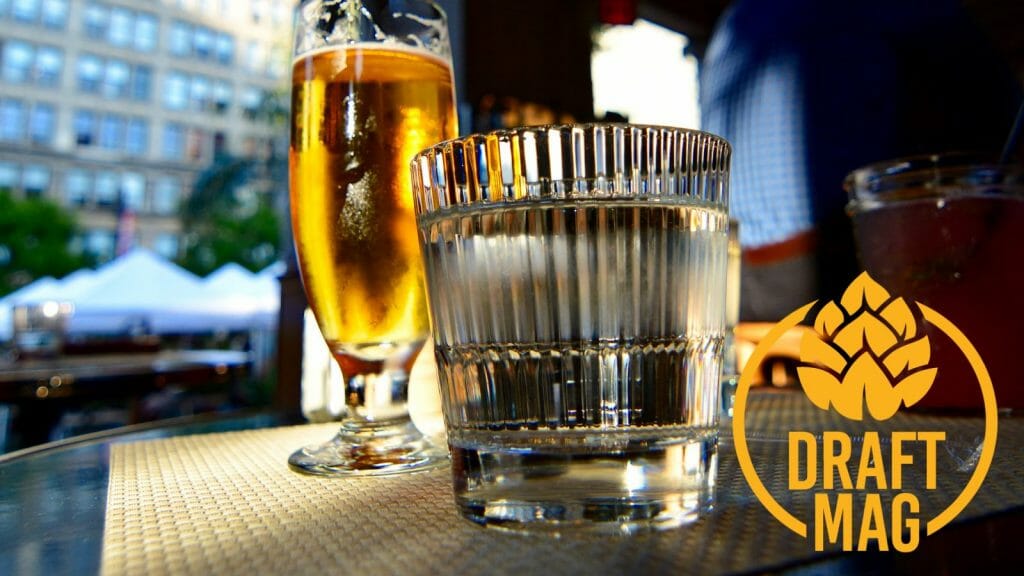
Whether you’re thinking of brewing your own beer or curious to know how much water is in beer, you’re in the right place. We’ll discuss the ins and outs of water content in beer and answer some frequently asked questions to help you understand more about its significant role. Lean more about types of water for brewing beer in our detailed article.
Water in a Beer: Everything you need to know
Water, the most underrated component of beer, makes up for ninety percent of this popular brew. But surprisingly, most people overlook this fact, focusing more on the flavors brought by hops, malt, and yeast.
No matter whether it’s a 12-ounce or 16-ounce beer can, water is the essential backbone of beer, serving as the medium where all the magic happens. It’s also surprising that for every liter of beer, it requires almost 4 times as much water, and the better the water quality, the better the beer tastes.
So paying attention to the water chemistry for making beer goes a long way to making sure you end up with a stupendous tasting beer. Let’s dive into more detail about the mystery behind water content in beer and how it affects the brewing process.
Water usage in the brewing process
On average, brewers use about four liters of water to produce a single liter of beer, which is considerably less than other types of alcohol like whiskey, for example, which takes an astonishing 35 liters of water to produce a tiny 1-liter bottle.
Brewing a top-notch beer takes precise measuring of all ingredients, like the correct amount of brewers yeast and the grain to mash water ratio. It’s all carefully calculated so that we beer drinkers can enjoy a refreshing cold pint in the pubs straight from the tap or at home from a beer can or bottle.
The importance of water in brewing
Brewing is a water-intensive process, and the quality of water plays a significant role in shaping the overall taste, color, and quality of the beer. Learn more about the effects of brewing water.
Water is a vital element used in virtually every stage of the brewing process because it makes up a huge portion of the resulting beer product itself. Beer makers use more water to brew beers than you think, and we cannot overemphasize its significance.
Water plays a role in beer and liquor making, cooling, packaging and cleaning various equipment. Moreover, expert brewers profess that cleaning is more water-intensive as producing a gallon of beer requires about three to five gallons of water for cleaning.
Some less efficient breweries consume more water. Unfortunately, the breweries in drought-struck areas put up with the tension between water supply and demand. For this reason, most breweries develop ways to utilize available water for sustainable brewing. This includes reducing the quantity of water sent down the drain or lost to evaporation.
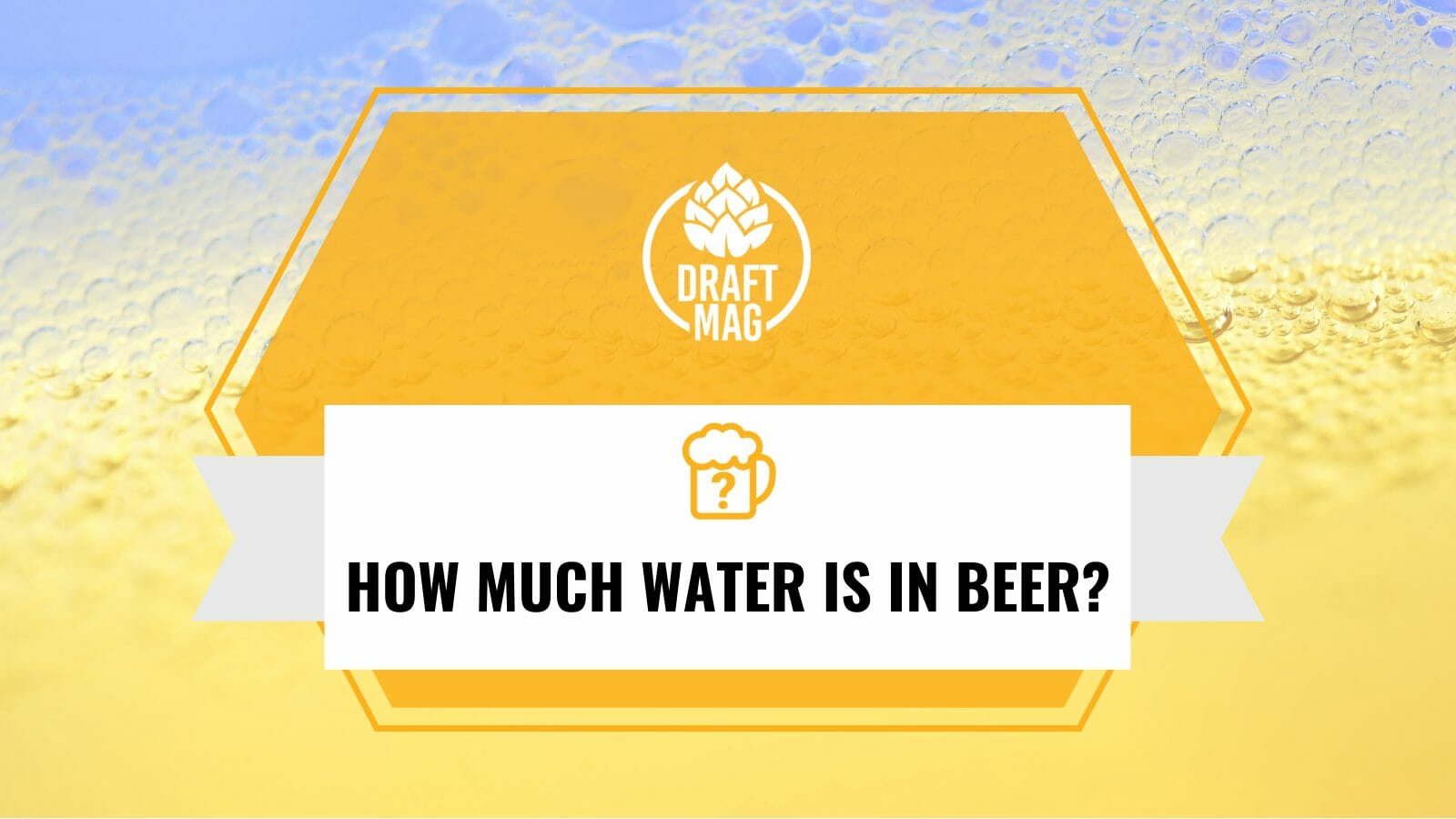
The water content in different beers
The amount of water will vary depending on the size of the beer you’re drinking and the beer’s alcohol content.
For instance, Captain’s Daughter beer contains 8.5 percent alcohol, a relatively high amount, leaving it with 91.5 percent water. In contrast, the lighter Schaefer Light beer with only 4.4 percent alcohol has more water at 95.6 percent. Thus, the alcohol content can slightly affect the water composition in beers.
When comparing beer sizes with an average ABV of 5 percent, the bigger the beer can, the more water it contains. If we set 95% as the percentage of water the end result is there being 11.4 oz of water in a 12 oz beer. (12 oz x .95 = 11.4 oz) The other 5% is alcohol which would be 0.6 oz of alcohol. (12 oz x 0.5 = 0.6 oz). Let’s take a closer look:
| Can size | Alcohol content | Water content |
|---|---|---|
| 12-ounce beer can | 0.6-ounce | 11.4 ounces |
| 14-ounce beer can | 0.7-ounce | 13.3 ounces |
| 16-ounce beer can | 0.8-ounce | 15.2 ounces |
| 20-ounce beer can | 1 ounce | 19 ounces |
Frequently Ask Questions
Is there a specific water to alcohol ratio in beer?
There is no exact water to alcohol ratio in beer as it can widely vary depending on the type of beer being brewed. However, it is noted that beer is majority water, typically comprising about 90-95% of the total volume.
Can any type of water be used for brewing beer?
Technically, any type of water can be used for brewing beer, but the quality and characteristics of the water can greatly influence the taste and overall quality of the finished product. It’s common for brewers to treat or filter their water to achieve the optimal chemical characteristics for brewing.
How does the water quality affect the beer brewing process?
Water quality plays a pivotal role in the beer brewing process because it makes up a large percentage of beer’s content. The mineral content in the water can affect the mash pH, yeast health, and fermentation, while the clarity and purity of the water can impact the beer’s flavor and appearance.
Related Water-Beer Articles
Learn more about water in beers reading these related detailed articles below.
Wrapping up
The extraordinary beer you enjoy owes its existence to water – a key component that contributes to the flavors and quality of the beer. So, next time you take a swig of your favorite brew, think about the pivotal role water plays in your beer! See you next time!

